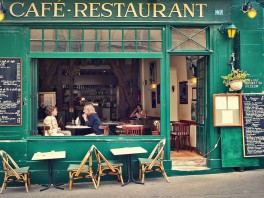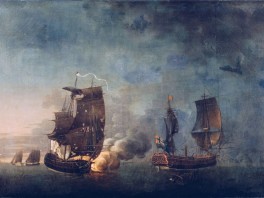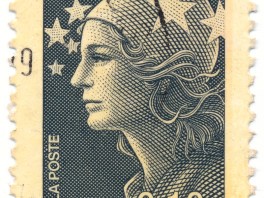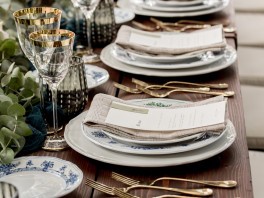France: a country of diversity and emotion
France is not one destination — it’s many.
Each region has its soul: Alsace with its half-timbered houses, Brittany with its wild coast, Burgundy with its wines, and Paris with its light.
Our guides take you from famous landmarks to hidden gems, from villages to vineyards, to experience the real France.
What You’ll Find Here
-
Weekend trips and itineraries across France
-
Regional guides: Brittany, Alsace, Provence, Corsica, Vendée...
-
Cultural walks through castles, villages, and UNESCO sites
-
French gastronomy: recipes, local markets, wines, and traditions
France is also the postcard of the small neighborhood or village bistro, the Parisian café and small or large restaurants. This is still true today, even if the number of bistros is decreasing. There were a little more than 38,000 "drinking establishments" in France in 2022 (including bistros and cafés) and a little more than 92,000 "traditional" restaurants, i.e. not including fast food restaurants. There are differences between the different establishments, which Monsieur de France reminds us, even if there is a huge common point between them: a certain art of living...
Captains or shipowners, sometimes both, privateers are also part of French history. Armed for the "race", hence the name of privateers, they scoured the seas to attack the enemy ships of France and some became famous like Surcouf, Dugay-Trouin or Jean Bart. Discover these daring men who should never be confused with pirates, who fought with the authorization of the king...
French fries are one of the most popular foods in the world, yet their true origin remains debated.
From fast food to family meals, they are a symbol of comfort food and simplicity. But where do fries really come from, and how can you make them easily at home?
Article updated on December 20, 2025
French history
France
French fries, mashed potatoes... Thank you Mister Parmentier

Jérôme Prod'homme
It's hard to imagine not eating good French fries, mashed potatoes and so on... but this has been the case for centuries in France. Before the 18th century, no potatoes in the plate. The one who changed everything is a man and it is Mr. Parmentier. Here is his story:
The expression “French kiss” sounds unmistakably French, yet it is not truly French at all.
In the United States, it is commonly associated with romance, passion, and a certain idea of French charm. However, the real story behind the term is often misunderstood.
article updated on December 20, 2025
It is an old habit and even if it is less popular, especially since the COVID, the kiss remains an old French habit. A habit that has evolved throughout history, and is still evolving, since nothing is more human than a habit, and habits can change... Discover the history of the kiss in France with Monsieur de France...
A symbol known throughout the world, the French flag flies over monuments, town halls, and embassies. Created in 1794 during the Revolution, it represents the French nation and its values: liberty, unity, and pride. Here is its history, explained for all those who love France.
Marianne is one of France’s most powerful cultural symbols. More than a political emblem, she embodies French ideals of liberty and citizenship, appearing in art, public buildings and collective memory since the Revolution.
article updated on December 16, 2025
The "French gastronomic meal" is classified as "Intangible World Heritage of Humanity" by UNESCO. What is classified is the meal with the order of the dishes, the way of serving, while gathering people for a friendship occasion or for an event. But entertaining is much more than that. The art of entertaining is also a part of France's history and it is also to it that France owes its reputation for refinement. How about a "French" dinner with the good manners that go with it? Here are Monsieur de France's tips on how to host a dinner party with elegance... In France.
Recognized by UNESCO, French gastronomic meals are not just a simple dinner: they are a social and cultural ritual combining fine dining, sharing, and art de vivre. From local products to food and wine pairings, it perfectly illustrates French conviviality.









